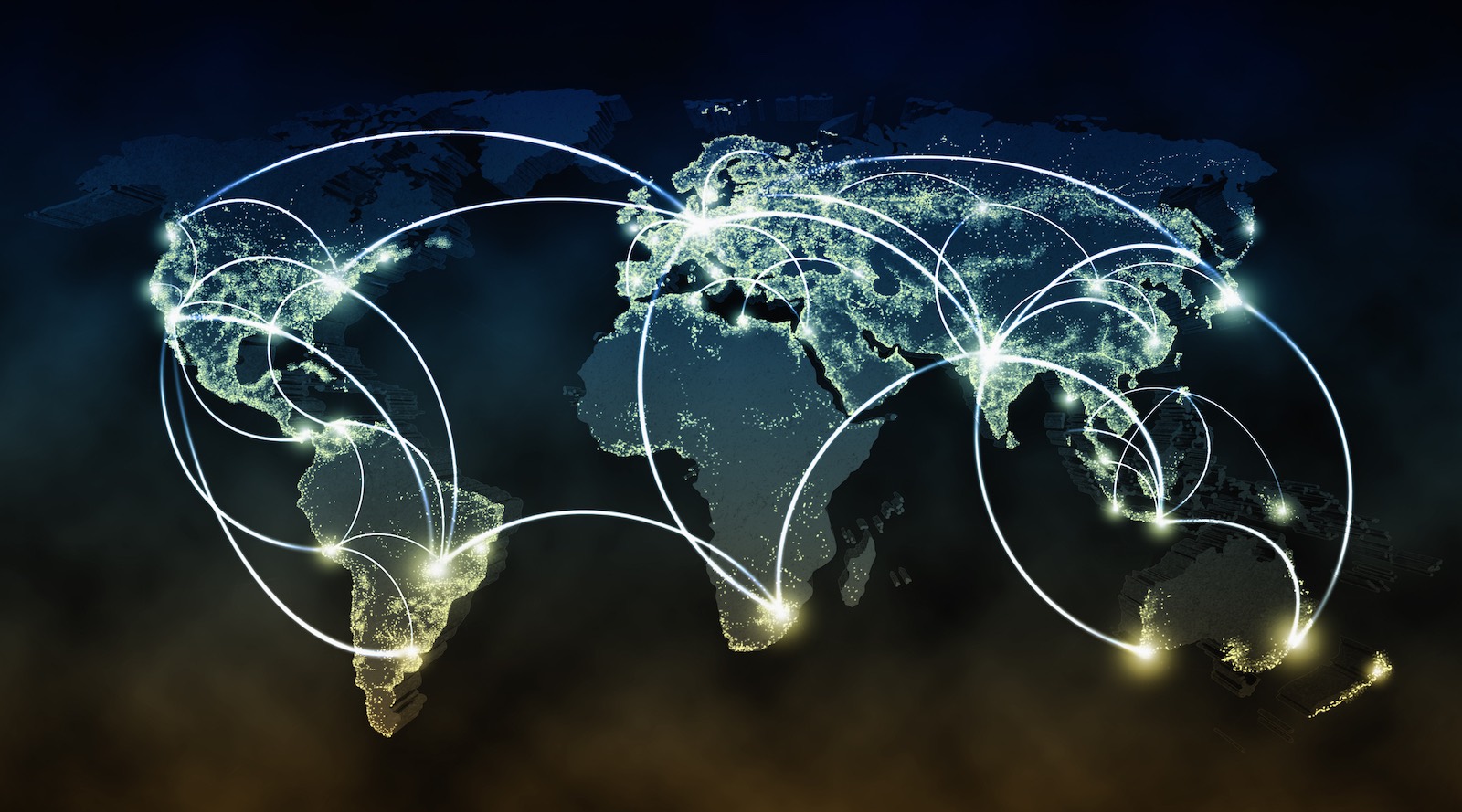“As domestic and geopolitical tensions continue to rise, governments will find it increasingly hard to function amidst a constant barrage of uncontrollable information and the threat of cyber-attacks, making them grow more wary of the internet’s influence”, suggests Katja Bego, data scientist at Nesta’s Technology Futures team, in an article entitled ‘The Splinternet’.
Last year saw a sharp rise in cyber-attacks, which only get more serious when our buildings, cities and infrastructure becomes more connected. During 2017 Bego expects to see several countries around the world create their own independent internet networks, “spelling the end of the World Wide Web as we know it”.
You may immediately think of China, whose “Great Firewall” has censored masses of content and banned numerous sites since the emergence of internet. Now Russia has been collaborating with its Asian neighbors on creating its own Great Firewall, known as the Red Web. The Kremlin announced legislation to give them greater control over; the exchange points, domain names and cross-border fibre-optic cables that make up the architecture of the internet.
Late last year Russia banned LinkedIn, the professional social network, from the country because data generated by Russian users was not being kept in Russia, as the Kremlin requires. With these two relatively authoritarian states, we may jump to the conclusion that such measures are to safeguard entrenched regimes at the expense of their citizen’s freedom, but the list of nations goes on.
Germany too has begun discussions about the creation of an independent German network, “the Internetz”. The discussion gained more weight when it emerged that the US National Security Agency (NSA) had tapped the German Chancellor, Angela Merkel’s, phone; whilst in Brazil’s direct undersea telecom cable connection with Europe. It came about because its data was constantly being intercepted by the US, as it passed through their cable network.
Undersea cables transport as much as 99% of all international data, including internet, phone calls and text messages. As far back as the Cold War, the US tapped Russian undersea cables during Operation Ivy Bells, and according to Edward Snowden’s revelations, it is still happening today. While the US worries that a physical attack from Russian submarines on cables in hard-to-access locations could take out vital connections for weeks.
In 2008, suspicious cable damage off the coast of Egypt disrupted internet for more than 80 million users across India, Pakistan, Egypt and Saudi Arabia. Under less suspicious circumstances an earthquake near Taiwan in 2006 severed eight cables, which carried much of China’s international data. The 11 ships and 49 days it took to rectify the situation underline the fragility of our communication infrastructure.

Then there is the internet of things (IoT) and smart technology. Inadequately secured IoT devices, such as toasters and printers, are being used en mass to overwhelm DNS servers in DDoS attacks.
As discussed in our article ‘Internet of Things Devices at the Center of Biggest Cyber Attack In History’, smart devices have become the ammunition for hackers seeking to shut down large parts of the internet.
Perhaps most troubling is that IoT concepts are now built into many vital infrastructures such as our energy and financial systems. Cyber-attacks have already brought down large sections of power grids in Ukraine, Israel and Turkey. Fear grows that this may soon become a regular problem as smart power grids are deployed across the world. Similar accusations and worries follow the smartification of voting systems, air traffic control and nuclear power plants.
So, could Bego’s ‘Splinternet’ become a reality? What would a world of independent national and regional internet networks look like? And how does this impact the IoT movement, globalization and freedom of information?
It is hard to imagine a world of limited, separated, internet networks. Such is the role of the internet in modern society, it would represent an unprecedented shift for widespread independent networks to emerge. It is fair to assume that, at the very least, independent networks would create a heavily controlled bridges between one another.
Furthermore, independent networks would not necessarily stop the variety of issues being caused by a World Wide Web and global IoT. National censorship will happen either way and citizens will continue to find ways around those blocks. Espionage will continue from within the independent networks under attack, as will hacks on vital infrastructure. And there will be enough IoT devices within each network to launch DDoS style attacks.
If global networks splinter, the IoT movement, globalization and freedom of information will suffer but not die. Governments who choose this isolationist policy will, like China, create masses of dissidents simply seeking freedom from oppression. The smart technology sector will have to slow and adapt.
If protection of its citizens is a government’s motivation for independent networks, then surely greater collaboration and investment in internet protocols would provide the answer without such severe impacts on freedom. As these discussions continue around the world, the technology sector should take the opportunity to show that we can be safe and connected globally.
[contact-form-7 id="3204" title="memoori-newsletter"]



